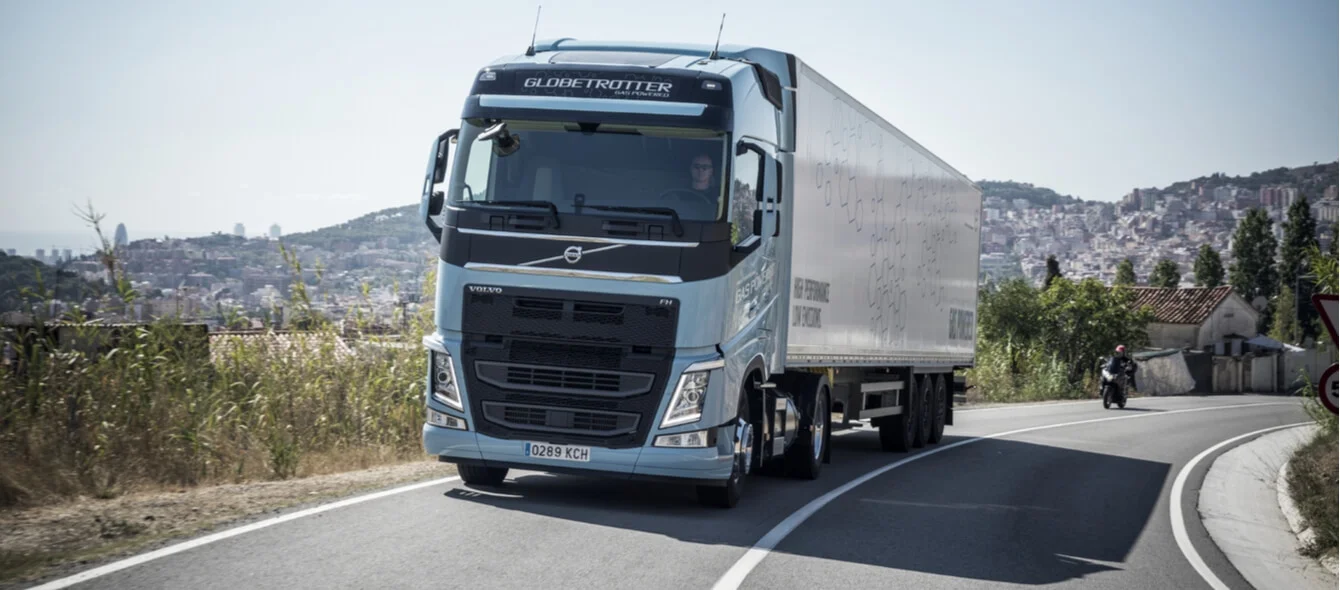But recent studies show greenhouse gas emissions (GHG) reductions from LNG are not a given. Best practice all along the LNG supply chain is required for real gains, and LNG alone will not deliver sufficient GHG reductions from transport to meet the EU’s climate change targets.
NGV Global, the International Association for Natural Gas Vehicles, announced in May that Europe had opened its 200th LNG refuelling station – a new milestone in the roll out of gas-for-road-transport infrastructure. Just as widespread access to charging points is crucial for the adoption of electric vehicles, a network of LNG stations is necessary to encourage LNG use in road transport. The NGV data represents a doubling of LNG stations from the end of 2017, a marked acceleration in deployment.
Italy and Spain, with 48 and 40 stations respectively, followed by France (31) and the Netherlands (24) have become the most enthusiastic LNG adopters. The existence of LNG import terminals in these countries is proving a catalyst to the roll out of LNG transport corridors. Germany, by comparison, has just four LNG refuelling stations, a situation which might see rapid change, if plans for the country’s first LNG import terminals are realised in the early 2020s.
LNG is aimed at heavy-duty transport. Electric trucks remain some way from commercial production largely because of the weight impact batteries have on large vehicles. In contrast, a range of LNG trucks can be bought today produced by established manufacturers such as Volvo or Scania. For freight operators, a key incentive is fuel cost savings, which result in large part from differential tax treatment. The minimum EU excise rate on LNG is 2.6%, compared with 9.22% for diesel, but in the majority of EU countries the tax differential is even wider.
A central motivation for government is that LNG offers a lower carbon form of transport compared with diesel, as well as other benefits such as reduced nitrogen and sulphur oxide emissions, as well as lower particulate emissions. Commercial transport is a particular problem because commercial vehicles are used much more intensively than passenger vehicles and, because they are generally larger and heavier, are much less fuel efficient.
GHG doubts
However, significant doubt has been thrown on the life-cycle emissions of LNG use in transport. A report published in October 2018 by the European Federation for Transport and Environment found that LNG trucks emit somewhere between minus 2% less GHG emissions to plus 5%, compared with best-in-class diesel trucks. In other words, LNG trucks might be worse for the environment than diesel trucks.
Another study, published in January by Imperial College London’s Sustainable Gas Institute, came to a similar, if broadly more positive conclusion. It found that LNG use in trucks has the potential to reduce total GHG emissions from road transport by 16%, but that “at worst, natural gas fuelled trucks … may have lifecycle emissions exceeding current incumbent diesel trucks.”
While 16% is a significant gain in a sector which currently has few other options, the EU estimates that GHGs from transport need to be at least 60% lower by mid-century compared with 1990 levels to address climate change.
The differences in performance reflect a range of factors from the energy used in producing and transporting the LNG itself to the combustion of LNG in the truck engine. The studies suggest that LNG producers and users will have to find innovative ways of reducing full life-cycle GHG emissions all along the supply chain, if LNG in transport is to provide real gains in emissions reductions.
